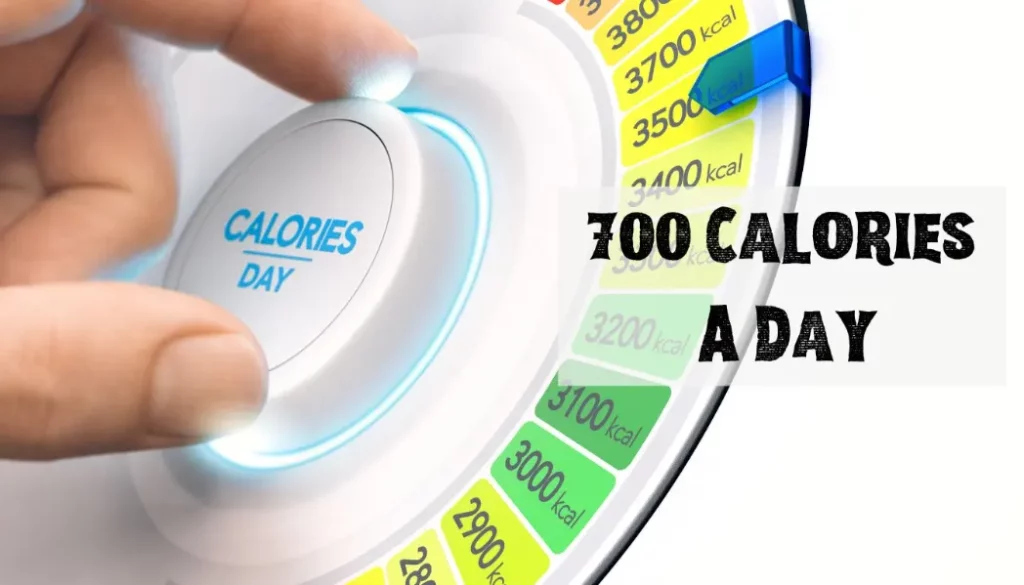How To Burn 700 Calories A Day

The quest to manage weight and improve overall health often leads individuals to explore various strategies for calorie expenditure. Burning 700 calories a day, while requiring dedication and effort, is achievable through a combination of exercise and dietary adjustments. Understanding the science behind calorie burn and tailoring a plan to individual needs is crucial for success.
This article delves into the methods for safely and effectively burning 700 calories daily, drawing upon expert advice and established research. It aims to provide a practical guide for readers seeking to understand the process and implement it into their lifestyles. The information presented should be used as a starting point and adapted in consultation with healthcare professionals.
Understanding Calorie Expenditure
Calorie expenditure is the process of using energy, measured in calories, to fuel bodily functions and physical activity. The number of calories a person burns daily depends on factors like age, sex, weight, height, and activity level. Basal Metabolic Rate (BMR), which represents the calories burned at rest, is a significant component of daily expenditure.
Physical activity plays a crucial role in increasing calorie burn. Activities ranging from brisk walking to intense workouts contribute significantly to overall energy expenditure. The more intense and prolonged the activity, the more calories are burned.
Strategies for Burning 700 Calories
Combining exercise and dietary modifications is often the most effective approach. A deficit of 700 calories per day can lead to a substantial weight loss over time, but it's essential to do so safely and sustainably.
Exercise Options
Cardiovascular exercises are highly effective for calorie burning. Running, swimming, cycling, and dancing are all excellent choices. These activities elevate the heart rate and engage multiple muscle groups, resulting in significant calorie expenditure.
High-Intensity Interval Training (HIIT) is another efficient option. HIIT involves short bursts of intense activity followed by brief recovery periods. Studies, including those published by the American College of Sports Medicine, suggest HIIT can burn a large number of calories in a relatively short amount of time and improve cardiovascular health.
Strength training, while not burning as many calories during the workout itself, increases muscle mass. Increased muscle mass boosts BMR, leading to more calories burned at rest. Incorporate weightlifting, bodyweight exercises, or resistance band workouts into your routine.
Here are some examples of activities and their approximate calorie burn for a 150-pound person in one hour:
- Running (6 mph): 680 calories
- Swimming (moderate pace): 476 calories
- Cycling (12-14 mph): 544 calories
- HIIT: 500-700 calories (depending on intensity)
- Weightlifting: 272 calories
- Brisk Walking (3.5 mph): 314 calories
Combining different types of exercise can provide a well-rounded approach. For example, alternating between running and strength training sessions can maximize calorie burn and improve overall fitness.
Dietary Considerations
While exercise is critical, dietary changes are equally important. Consuming a balanced diet that is lower in calories can help achieve the 700-calorie deficit. Focus on whole, unprocessed foods such as fruits, vegetables, lean proteins, and whole grains.
Reducing intake of processed foods, sugary drinks, and excessive amounts of unhealthy fats is crucial. These foods are often high in calories and low in nutritional value. Pay attention to portion sizes to avoid overeating.
Increasing protein intake can also aid in weight management. Protein helps you feel fuller for longer and can help preserve muscle mass during weight loss. Aim to include protein in every meal.
Safety and Sustainability
It's vital to approach calorie burning goals safely and sustainably. Consult with a healthcare professional or registered dietitian before making significant changes to your diet or exercise routine. They can assess your individual needs and provide personalized recommendations.
Avoid extreme dieting or excessive exercise, as these can lead to health problems. Aim for gradual and sustainable changes. Listen to your body and rest when needed.
Staying hydrated is also essential. Drink plenty of water throughout the day to support bodily functions and prevent dehydration.
Potential Impact
Successfully burning 700 calories a day can have numerous positive impacts on health and well-being. These include weight loss, improved cardiovascular health, increased energy levels, and a reduced risk of chronic diseases. However, it's important to remember that individual results may vary.
Consistency is key to achieving long-term success. Develop a sustainable plan that you can stick to over time. Track your progress and make adjustments as needed.
Burning 700 calories a day is a significant undertaking that requires a holistic approach. By combining regular exercise with mindful dietary choices, individuals can work towards their health and fitness goals safely and effectively. Remember to consult with healthcare professionals to create a personalized plan and prioritize your overall well-being.


















